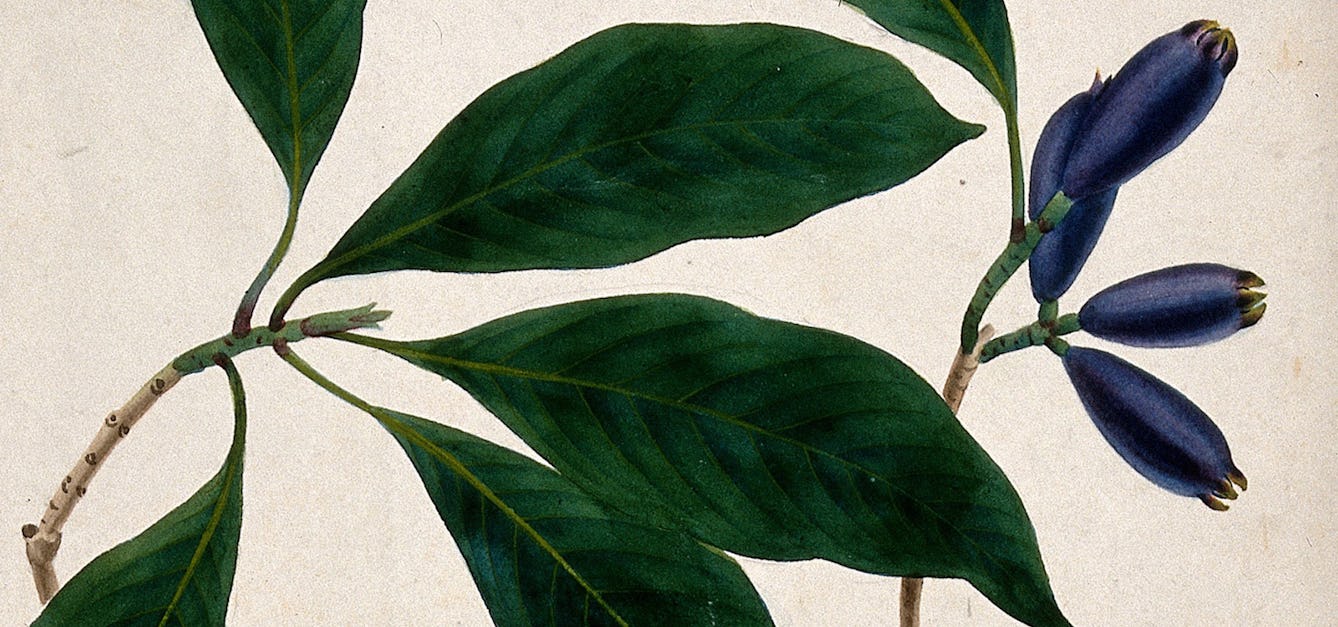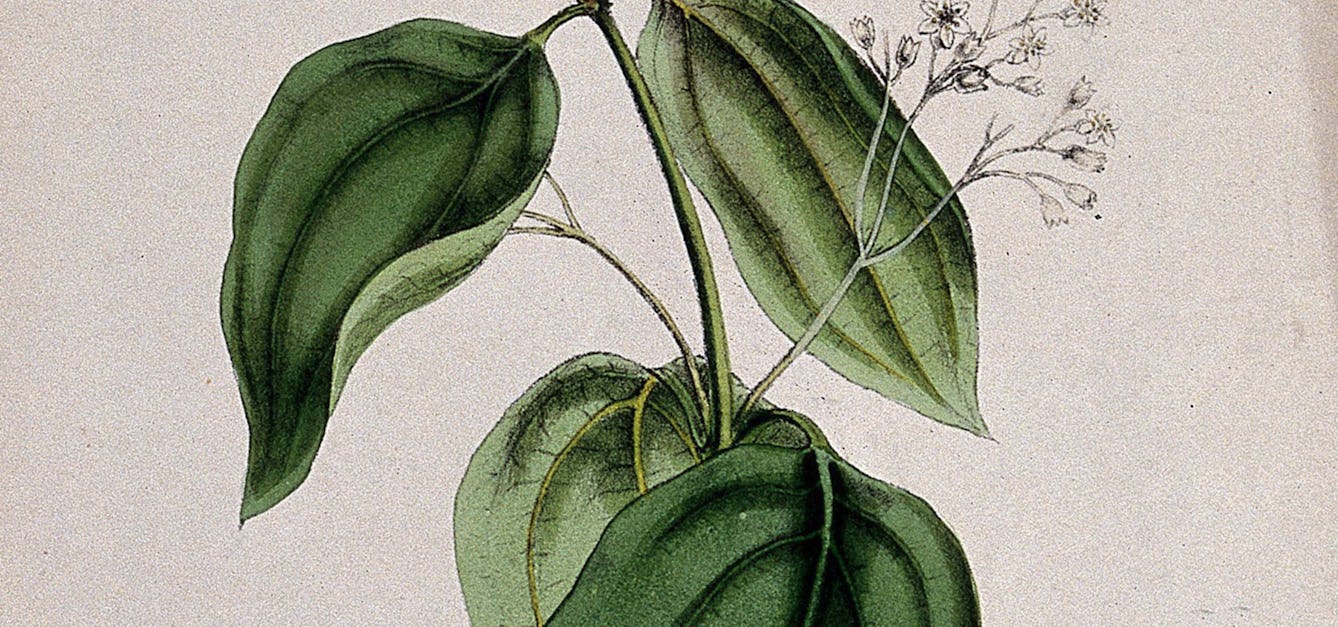Stories
Catalogue
- Books
- Online
Kalendarium universale: or, the gardiner's universal calendar. Containing an account of the several monthly operations in the kitchen-garden, flower-garden, and parterre throughout the year. And Also, Experimental Directions for performing all manner of Works in Gardening, whether relating to Sowing, Planting, Pruning, Herbs, Flowers, Shrubs, Trees, Evergreens, &c. with the Products of each Month. In a method wholly new. Taking in the whole Business of Gardening and Horticulture.
Whitmill, Benjamin, sen.Date: 1726- Books
Medals relating to medicine and allied sciences in the numismatic collection of the Johns Hopkins University / by Sarah Elizabeth Freeman.
Freeman, Sarah Elizabeth.Date: 1964- Books
Psychotherapy in the Soviet Union / translated and edited by Ralph B. Winn.
Vse︠so︡iuznai︠a︡ konferen︠t︡si︠︡ia po voprosam psikhoterapii (1956 : Moscow, R.S.F.S.R.)Date: [1962, ©1961]- Books
- Online
Kalendarium universale: or the gardeners universal kalendar. Containing an account of the several monthly operations in the kitchen-garden, flower-garden, and Parterre, throughout the Year. Also experimental directions for performing all manner of works in gardening, whether Sowing, Planting, Pruning of Herbs, Flowers, Trecs, Evergreens, &c. With the Product of each Month. Comprising the whole Business in a Method new and regular. The seventh edition, (adapted to the new style.) And a catalogue of those fruit trees and flowers, which are in the greatest Esteem; likewise the best Method of planting Wildernesses and Orchards. By Benj. Whitmill, Sen. and Jun. Gardeners at Hoxton.
Whitmill, Benjamin, sen.Date: 1765- Books
- Online
Kalendarium universale: or the gardiner's universal Kalendar. Containing an account of the several monthly operations in the kitchen-garden, flower-garden, and parterre throughout the Year. Also Experimental Directions for performing all manner of Works in Gardening, whether Sowing, Planting, Pruning of Herbs, Flowers, Trees, Evergreens, &c. with the Product of each Month. Comprising the whole Business in a Method new and regular. The third edition, with large alterations and improvements. And a Catalogue of those Fruits, Trees, and Flowers which are in the greatest Esteem; likewise, the best Method of planting Wildernesses and Orchards. By Benj. Whitmill, Sen. and Jun. Gardiners at Hoxton.
Whitmill, Benjamin, sen.Date: M.DCC.XLVII. [1747]











